Pumas are among the most remarkable predators roaming the Americas today. These magnificent big cats have adapted to survive in landscapes from snowy Canadian forests to tropical rainforests. While most people recognize them as mountain lions or cougars, these adaptable hunters possess secrets that would surprise even wildlife enthusiasts.
Their stealth and grace have inspired both fear and admiration for centuries. Still, beneath their powerful exterior lies a complex creature with extraordinary abilities. These facts reveal just how incredible these apex predators truly are.
They Hold the World Record for Most Common Names
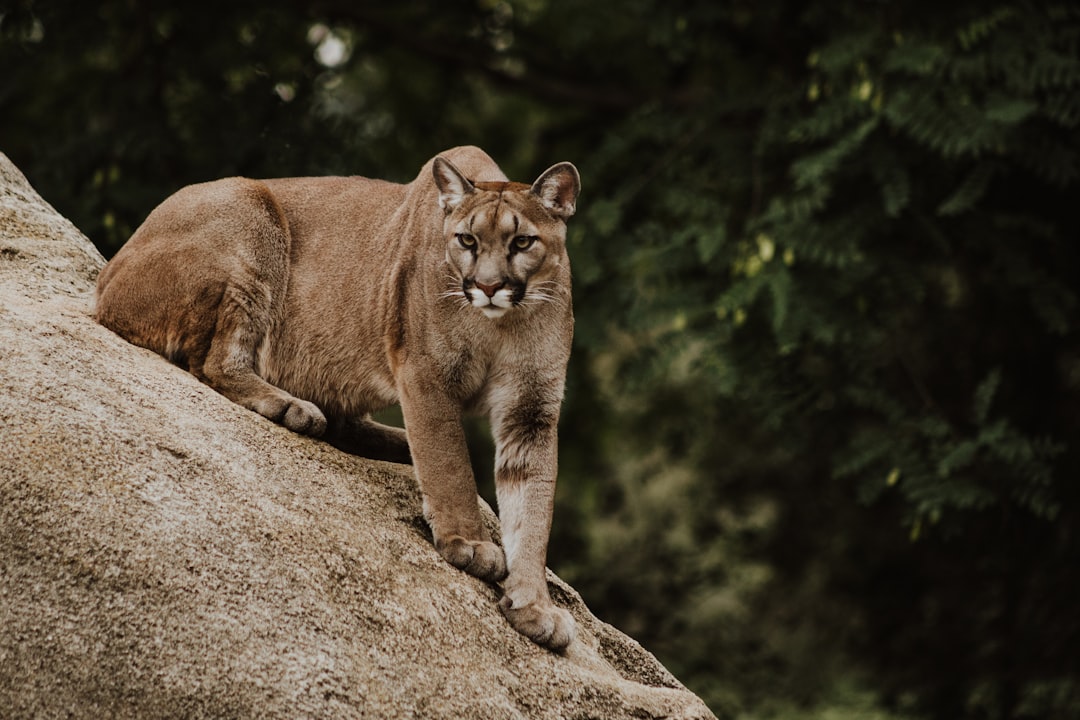
Mountain lions are widely reported to have one of the highest numbers of common names for any animal, including cougar, puma, panther, and catamount. The cougar, also known as puma, mountain lion, mountain cat, catamount or panther, depending on the region, is known for having an exceptionally high number of names. It has over 40 names in English alone!
This incredible variety stems from their massive range across the Americas. Early Spanish explorers called them “leon” and “gato monte,” which evolved into “mountain lion.” “Puma” is the name the Incas gave these cats in their language. “Cougar” seems to have come from an old South American Indian word, cuguacuarana, which was shortened to “cuguar” and then spelled differently.
Pumas Cannot Roar Like True Big Cats
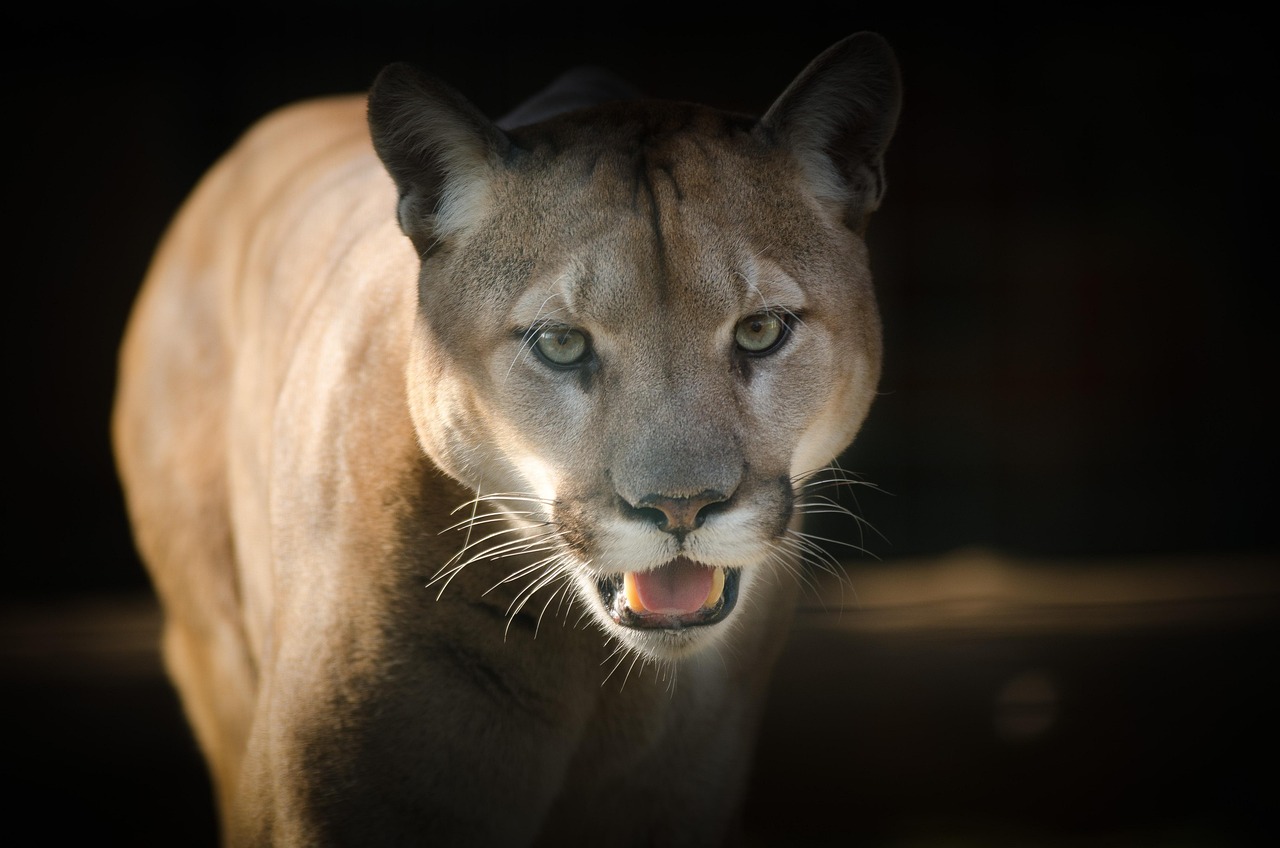
Despite their impressive size, the species does not roar in the manner of lions and leopards, but purrs like the smaller cats. Puma concolor is not a true lion of the genus Panthera and cannot roar, nor is its habitat restricted to mountainous regions. This surprising limitation places them among the “small cats” despite their large size.
Instead of roaring, they produce sounds such as growls, hisses, and purrs, similar to smaller cat species. Mountain lions also communicate using other sounds like hisses, whistles, chirps, and even purrs. Their vocalizations serve crucial purposes for territory marking and mating communication.
They Possess Extraordinary Jumping Abilities

They are able to leap as high as 18 feet (5 m) into the air and as far as 40 to 45 feet (12 to 14 m) horizontally. And if it has a running start, a mountain lion can jump 45 feet in a single leap. These remarkable leaps make them exceptional hunters in rugged terrain.
Their powerful hind legs enable these incredible feats. The hindlimbs are larger and stronger than the forelimbs, enabling them to be great leapers. Cougars have large paws and proportionally the largest hind legs in the cat family. This physique allows it great leaping and short-sprint ability.
Mountain Lion Kittens Look Nothing Like Their Parents
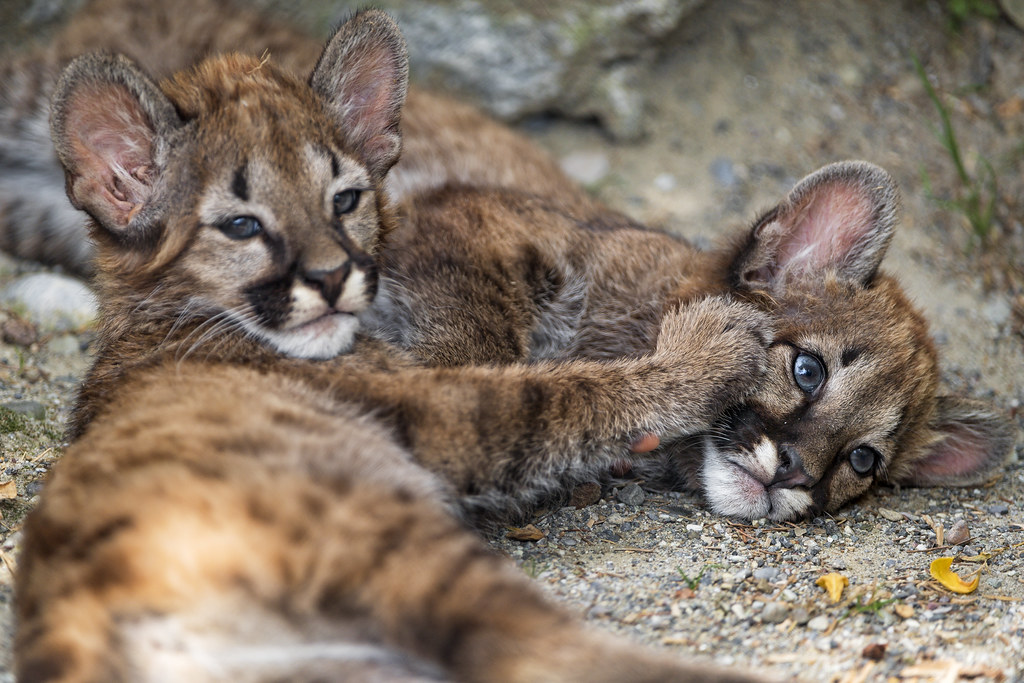
For example, baby mountain lion cubs have beautiful, bright blue eyes! When they are born, baby mountain lion cubs also have lots of dark spots covering their bodies. Unlike adults, mountain lion cubs have a spotted coat. Cubs are born with spots that mainly disappear by the time they are nine months old.
Baby mountain lion cubs, in other words, look a lot like miniature leopards! These unique markings help provide camouflage and keep them hidden from potential predators. Their eyes and ear canals are closed, their coats are covered with blackish brown spots, and their tails are dark-ringed. This color pattern provides excellent protective camouflage.
They Are Incredibly Fast Sprinters
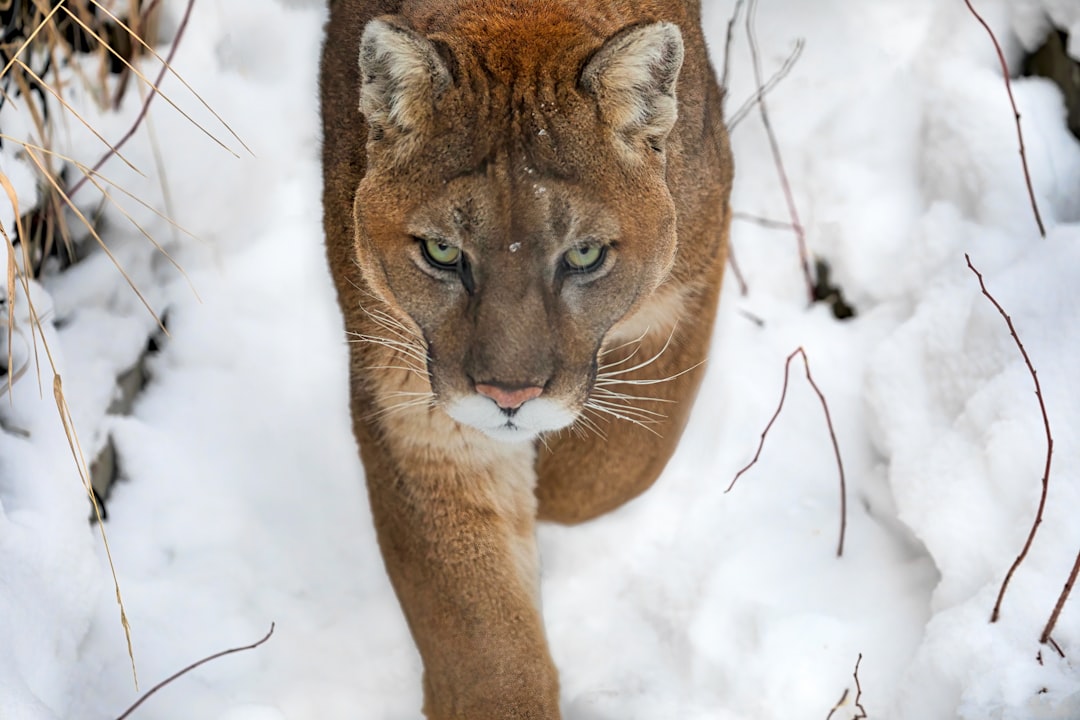
They can reach speeds of up to 50 miles per hour (80 km/h), as they are adapted to perform powerful sprints in order to catch their prey. Cougars can reach top speeds between 40-50 mph over short distances. Their average sustained running speed is closer to 25-35 mph. This speed rivals some of the fastest land animals.
He can maintain a speed of 10 miles per hour for several miles, so he has stamina as well as the ability to run in fast bursts. When he gets close enough to his prey, his powerful legs help him close the gap with a leap — he can jump a flat distance of up to 40 feet while running or 18 feet up into a tree.
Pumas Have the Largest Range of Any Wild Land Mammal in the Western Hemisphere
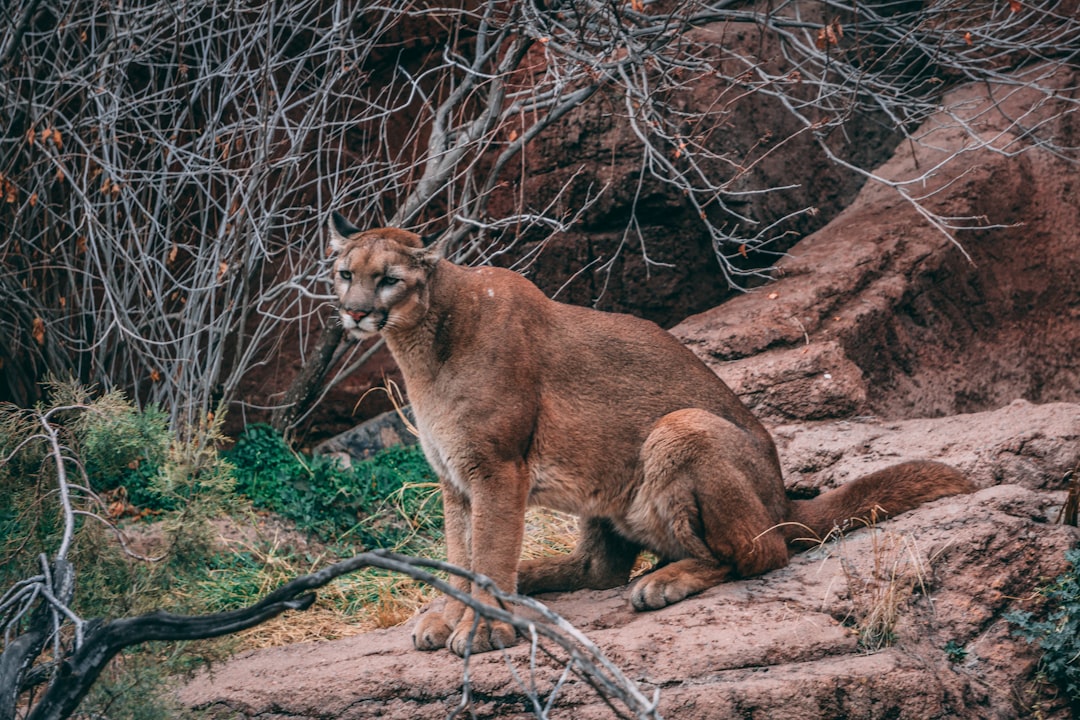
It inhabits North, Central and South America, making it the most widely distributed wild, terrestrial mammal in the Western Hemisphere, and one of the most widespread in the world. Found from Yukon, in northern Canada, right down to the southern Andes, the puma (Puma concolor) has the largest range of any native land mammal in the western hemisphere.
Its range spans the Yukon, British Columbia and Alberta provinces of Canada, the Rocky Mountains and areas in the western United States. Further south, its range extends through Mexico to the Amazon Rainforest and the southern Andes Mountains in Patagonia. Mountain lions use a wide variety of habitats including montane coniferous forests, lowland tropical forests, grassland, dry brush country, swamps, and any areas with adequate cover and prey.
They Make Surprising Sounds to Communicate
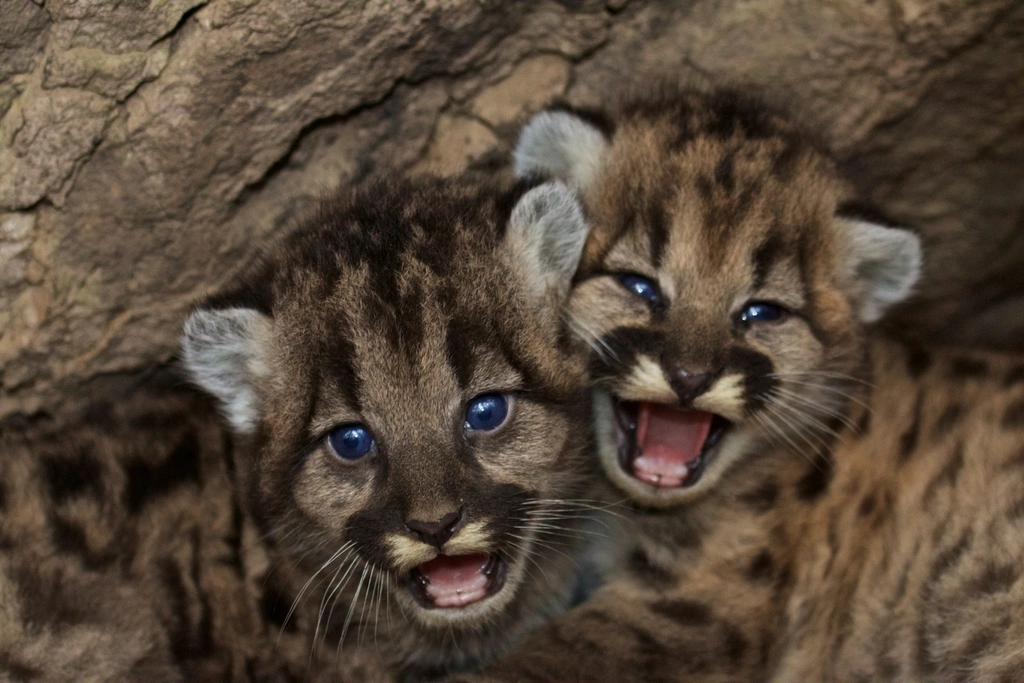
When they are with their mother and siblings, for example, baby mountain lion cubs often use soft chirps, mews, and whistling sounds to communicate. They also hiss, snarl, and growl when they feel scared or threatened, and even purr when they are content. These gentle sounds contrast sharply with the terrifying screams adults produce.
Females also emit high-pitched screams to attract males. These screams are designed to travel long distances, sometimes carrying up to a mile. As we’ve just mentioned, the scream of a mountain lion is an eerie sound and can sometimes resemble the sound of a woman or child in distress. Instead, screaming is a part of their mating ritual.
Pumas Are Surprisingly Social Despite Their Solitary Reputation
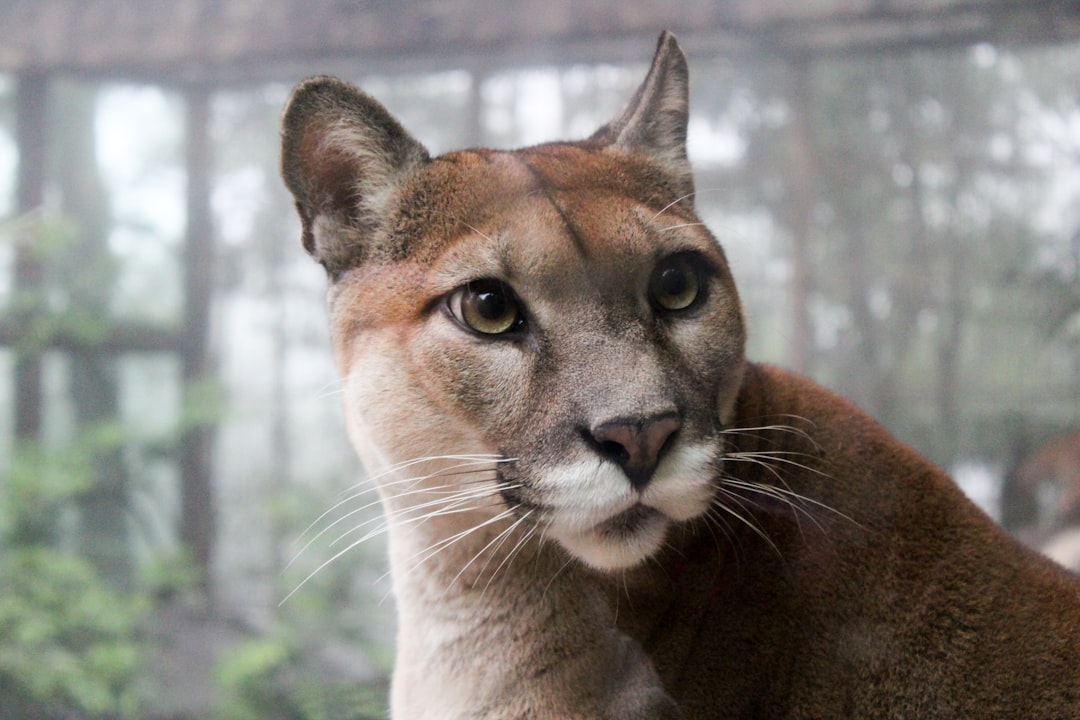
A study released in 2017 suggests that pumas have a secret social life only recently captured on film. They were seen sharing their food kills with other nearby pumas. This discovery challenges the long-held belief that these cats are completely solitary creatures.
They share many social patterns with more gregarious species such as chimpanzees. While they maintain territories and live independently, But that doesn’t mean they don’t have any contact with one another. These interactions reveal a more complex social structure than previously understood.
Mountain Lions Play a Critical Ecological Role
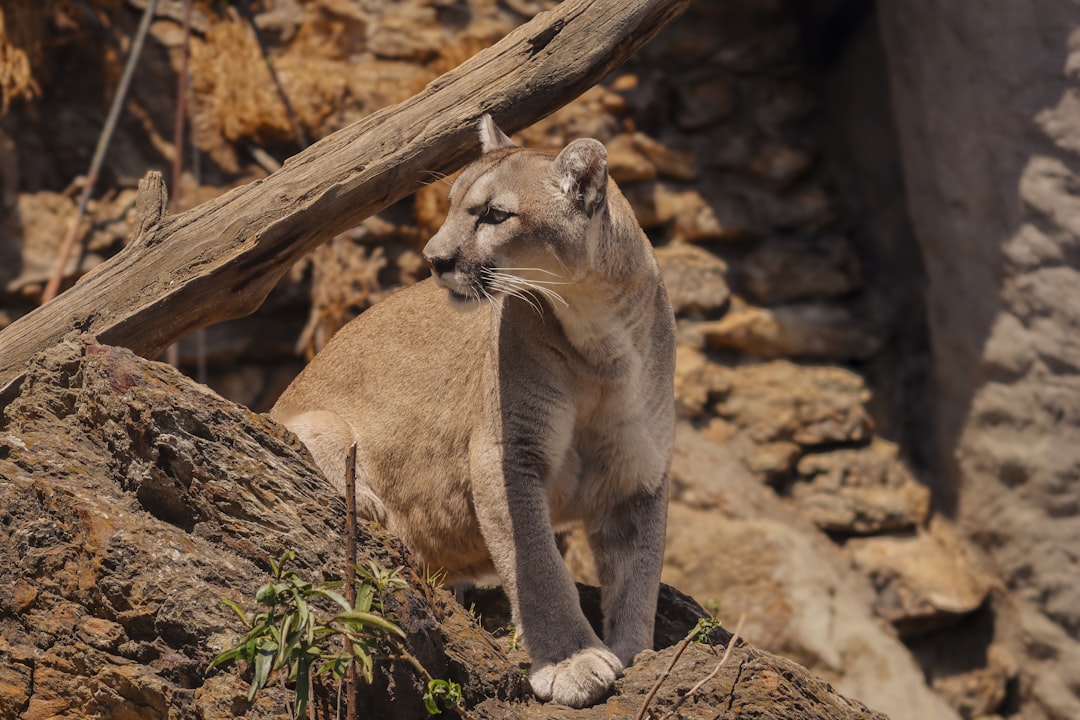
Mountain lions have an essential role to play in our ecosystem. They are one of the top predators, and without them, populations of deer and herbivores would become unhealthy and too large for the habitat. Their hunting keeps prey populations balanced and healthy.
Mountain lions are also regarded as an umbrella species which means their conservation amounts to conserving all other species sharing their habitat. These predators occupy massive spaces – about 13 times the area occupied by black bears and 40 times that needed by a bobcat to thrive. Hence, preserving mountain lion habitats saves countless other species living there.
Conclusion

These remarkable facts reveal pumas as far more complex creatures than their fearsome reputation suggests. From their record-breaking naming diversity to their unexpected social behaviors, these adaptable predators continue to surprise researchers and wildlife enthusiasts alike. Their incredible athletic abilities, unique vocalizations, and crucial ecological role demonstrate why protecting these magnificent cats remains so important for ecosystem health across the Americas.
What do you think about these fascinating puma facts? Tell us in the comments.






